Once a hallmark strategy for professional development, personal branding increasingly faces scrutiny, oft-misunderstood as a rift against society’s push toward greater authenticity in the workplace. But is it really as outdated as its reputation implies?
Popularized by the Jeff Bezos quote, “Your brand is what people say about you when you’re not in the room,” personal branding is unconsciously rooted to an era of corporate identity politics that most Millennial-minded professionals would prefer to move beyond. That said, though it was coined in the throes of biases, personal branding can actually serve as the backbone to building a stronger workplace D&I strategy.
Diversity Without Inclusion: The Need for a Better D&I Strategy
Research published by Great Place to Work found that employees who trust that their organization is legitimately equitable and inclusive (through a diverse lens of identifiers) are “5.4 times more likely to want to stay a long time at their company.” The study also drew positive correlations between D&I and revenue growth, “readiness to innovate,” and recruitment. Meaning: building a more diverse and inclusive workplace is paramount (operationally, culturally, and financially) to success.
That said, many business leaders know and recognize these correlations, but fail in their attempts to reconfigure exclusionary practices.
One of the biggest mistakes organizations make when reckoning with their lack of inclusivity is hiring for diversity without first developing a company culture that supports a broad range of communities and identities. The assumption being that “diversity equals inclusion,” but the reality stands: when you mix new perspectives into a traditionally homogenous pot, you are not setting minority-represented employees up for success, nor “including” them by any other means than their employment.
An holistic D&I strategy acknowledges the biases that led to the need for more intentionally diverse hiring in the first place. Instead of jumping to erase the effects of centuries’ worth of prejudice, it first examines the cause.
Biases (in the workplace and beyond) are a result of deeply systemic and cultural developments that demand critical, reflective work to unlearn. Business leaders must undoubtedly begin from a place of personal reckoning before conceptualizing a broadscale D&I strategy, but as the time comes to act, one might start by examining workplace politics at their roots: communication and perception.
People typically make biased judgements based on others’ visual appearances and their style of communication, both of which – for the record – have nothing to do with a person’s professional merit. Enforcing culturally dismissive dress codes and lingual distinctions is not a means of “evening the field.” Perhaps unwittingly, it furthers the homogenization of the workplace and toes (or, fully crosses) the line into a psychologically unsafe environment.
A more effective means of bettering inclusion amongst diverse colleagues: equip all employees with a framework for integrating what makes them unique with conventions that are already celebrated and rewarded within the corporate ecosystem. Namely: self-advocacy and networking.

Why Personal Branding Matters for Workplace Inclusion
Despite its wilting reputation, the ideas that accelerated personal branding as a career advancement strategy remain true. The discussions that determine raises, promotions, and all other key professional opportunities most often happen in isolation from the person most affected. Ergo, how that person’s reputation precedes them can “make or break” their career, regardless of their merit.
Aside from the innate unfairness of that truth (which warrants a whole other discussion on corporate politics), the immediate focus should be on how to get more diverse perspectives into the decision-making room (the C-suite, boardroom, etc.) organically, as a result of internal mobility, rather than strategically diverse hiring.
A fluid pipeline of diverse talent is the strongest indicator of an inclusive and equitable workplace – not cherry-picked board members or entry-level-locked hires. And the fact remains: being able to self-advocate and network (especially in alignment with stakeholders) is the most tried and true means of working one’s way up the corporate ladder.
The problem is: most people interpret personal branding as putting on a front to “schmooze” or abide by a homogenized (straight, white, male) perception of what it means to be successful in the workplace. In other words, the only “brand” accepted by higher-ups is that which accommodates the traditional majority – leaving no room for truly diverse perspectives to influence the company narrative.
But at its core, all personal branding strives to do is make a lasting impression in others’ minds of what makes you unique, and how that relates to the value of your work. Put simply: what are you passionate about, and what are your strengths?
For the purpose of creating a more inclusive workplace (and especially minding the diversity without inclusion pitfall), equipping employees with the tools to define and leverage their personal brands is a meaningful segue towards uplifting diverse talent. To wit: personal branding acts as a springboard for each individual to make connections and affirm their value as a professional – not apart from their personal identity, but deeply woven into their uniqueness.
Nonetheless, the fears that drove personal branding to develop its reputation for white-washed inauthenticity remain legitimate. Without expressed buy-in from the top-down (business leaders, L&D professionals, HR), and an explicit commitment to hearing, supporting, and including a diverse range of voices in spaces of influence, encouraging employees to “develop their personal brands,” is nothing more than lip service.

How to Support Personal Branding in Your D&I Strategy
The biggest challenge to address is how to mobilize personal branding with the transparent intent to spur more inclusive relationships within the organization.
Without overthinking the minutiae, the answer is training.
Much of the inequities in the corporate ecosystem are a result of polarized funding inadvertently stagnating the career development of lesser represented identities. The majority of an organization’s training budget is dedicated to the top-ranking 20% of the company – a rung blatantly lacking in diversity.
Add that to rampant promotion biases and the “unwritten rules of career advancement” (namely: it’s not about the work you do, but how well you advocate for it), and the result is a drastically uneven playing field, leaving those who do not naturally align with the dominant narrative of corporate success with no choice but to either develop a “professional” alter ego or get comfortable with the low rung of the ladder.
Tackling this challenge one step at a time: if organizations deployed training to help individuals dig deep, embrace what makes them unique, and tie that to how it is valuable to an organization (instead of tucking away cultural or identity-based distinctions in lieu of what they assume business leaders “want to hear”), communication across ranks would drastically improve – not just from the side of clear and authentic self-advocacy, but also as a stop-gap for checking biases of those in decision-making seats.
When employees are effectively trained on how to elevate the value and impact of their individuality, that level of articulation leaves little room for vague justifications for internal promotion decisions (shrouded in bias) to stand.
Furthermore, by chipping away at these barriers to entry, businesses and individuals alike are more capable of reaping the benefits of a truly diverse and inclusive workplace. I.e., an environment where all voices are not just on the roster, but elevated for their impact.
Of course, although personal branding is valuable as an element to an organization’s approach, it isn’t an end-all-be-all D&I strategy. The infrastructure of established enterprises demands full-scale investment in a multitude of development programs to remedy centuries-worth of workplace inequities.
This is why The Forem developed a technology and community to magnify these kinds of programs. Our platform solution to cohort-based training delivers cross-functional networking, mentorship, and a democratized solution to career advancement – all fully-scalable to 100% of an organization’s talent pool.
Beginning with the hallmark Level Up bootcamp (a cohort curriculum focused on personal branding, networking, and self-advocacy), The Forem partners with companies to empower more employees with the tools needed to make their mark (without sacrificing their values or sense of identity) and to achieve both personal and business-wide goals.
To help maintain learning and development as an integral part of company culture, The Forem also works with content creators and thought leaders to continuously deploy training that steadies a more equitable and fluid pipeline of talent – resulting in higher retention rates, increased innovation, and productivity.
Talk to our team to learn more.

